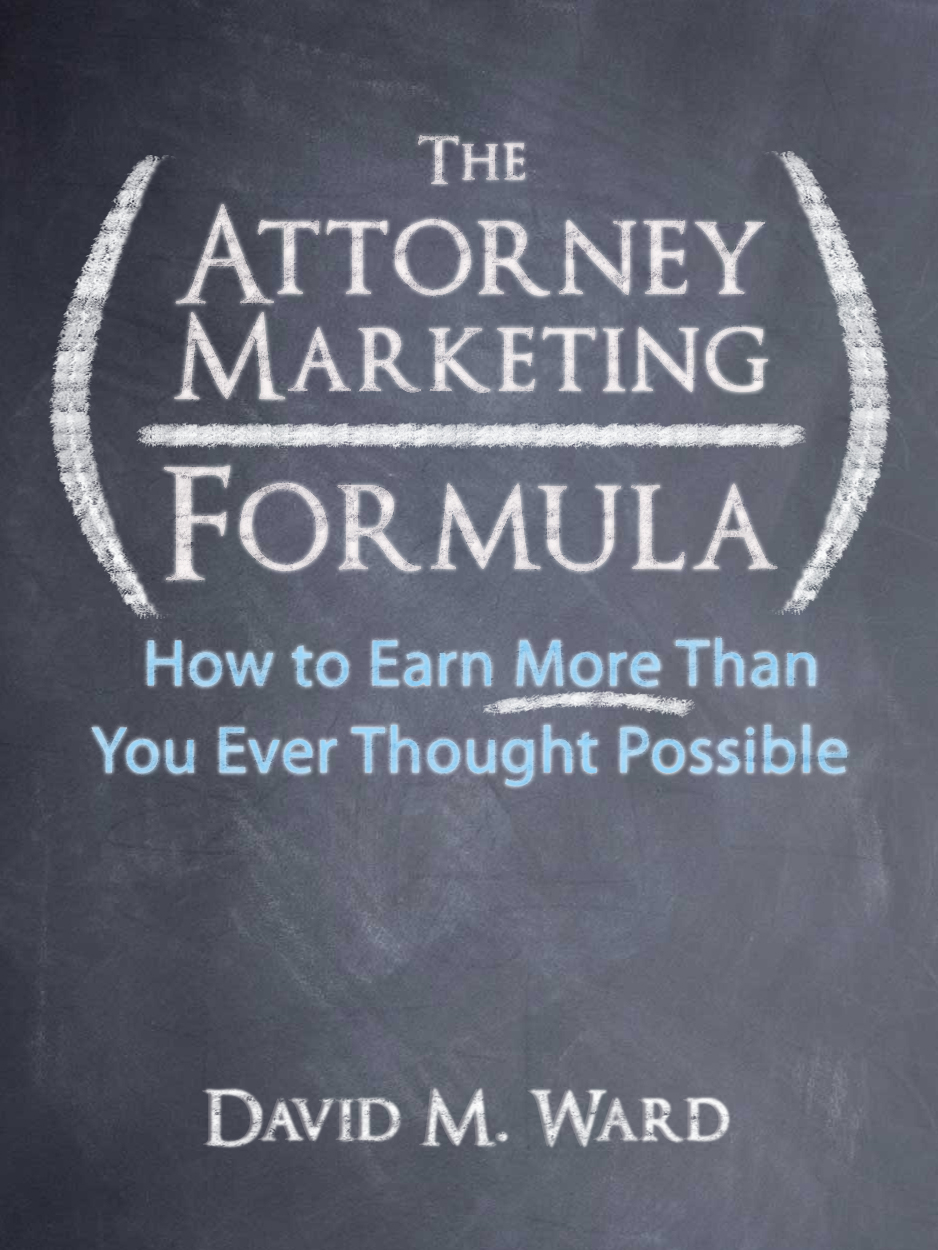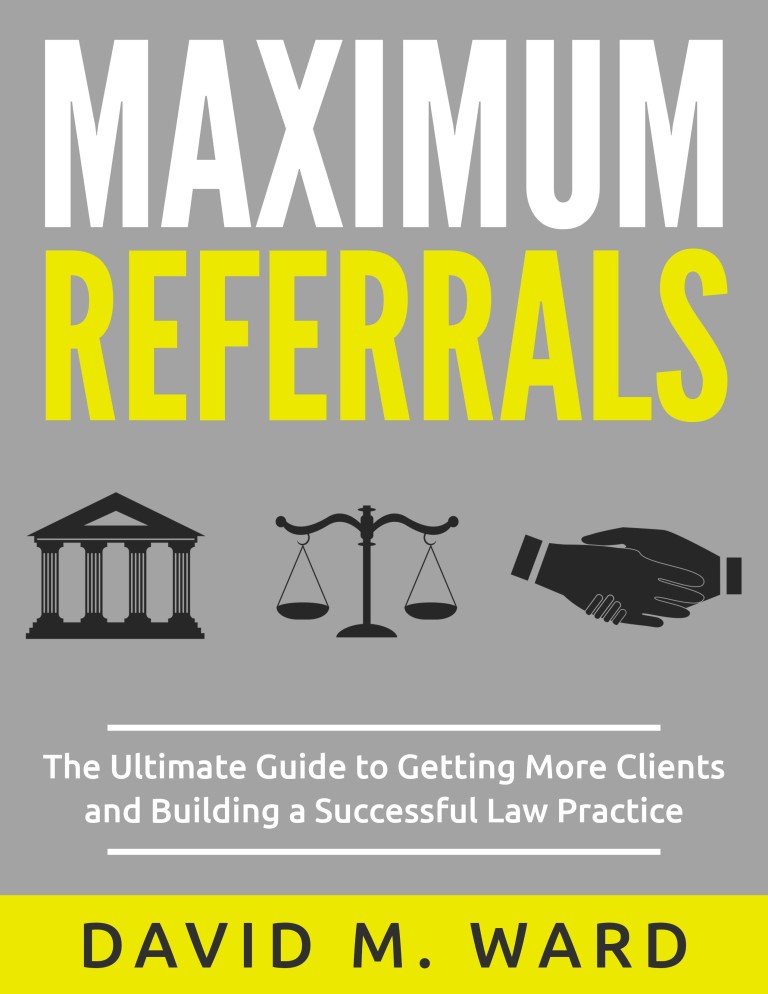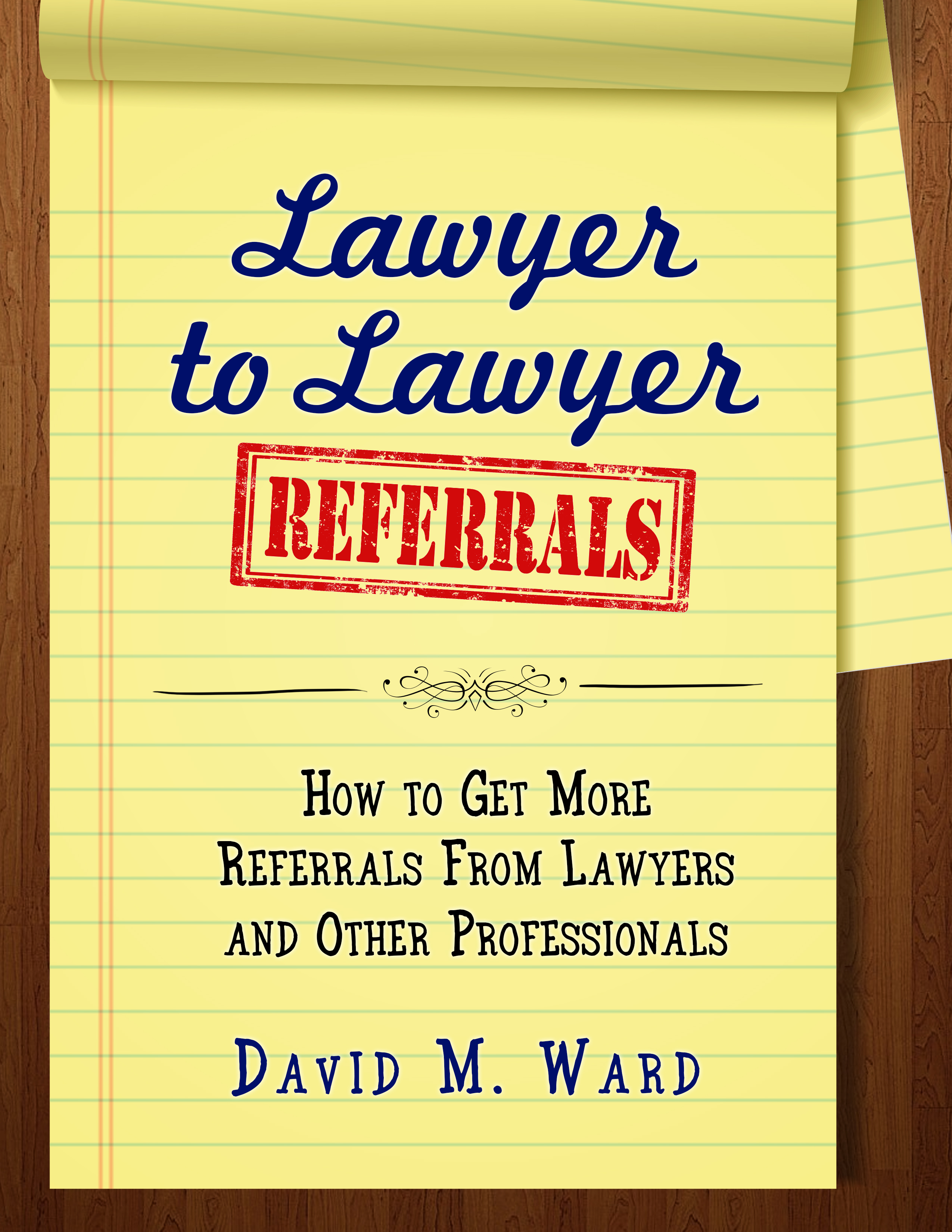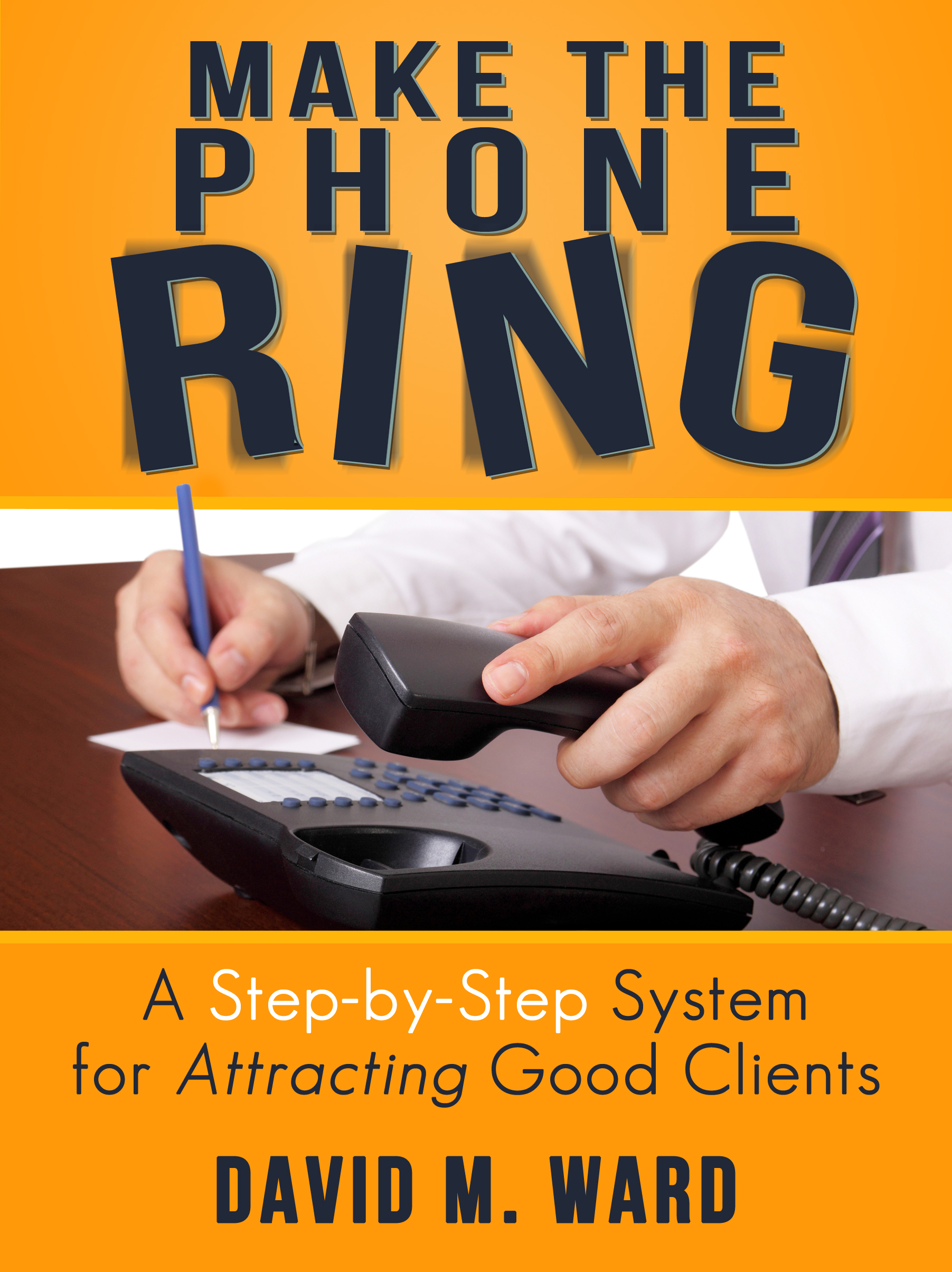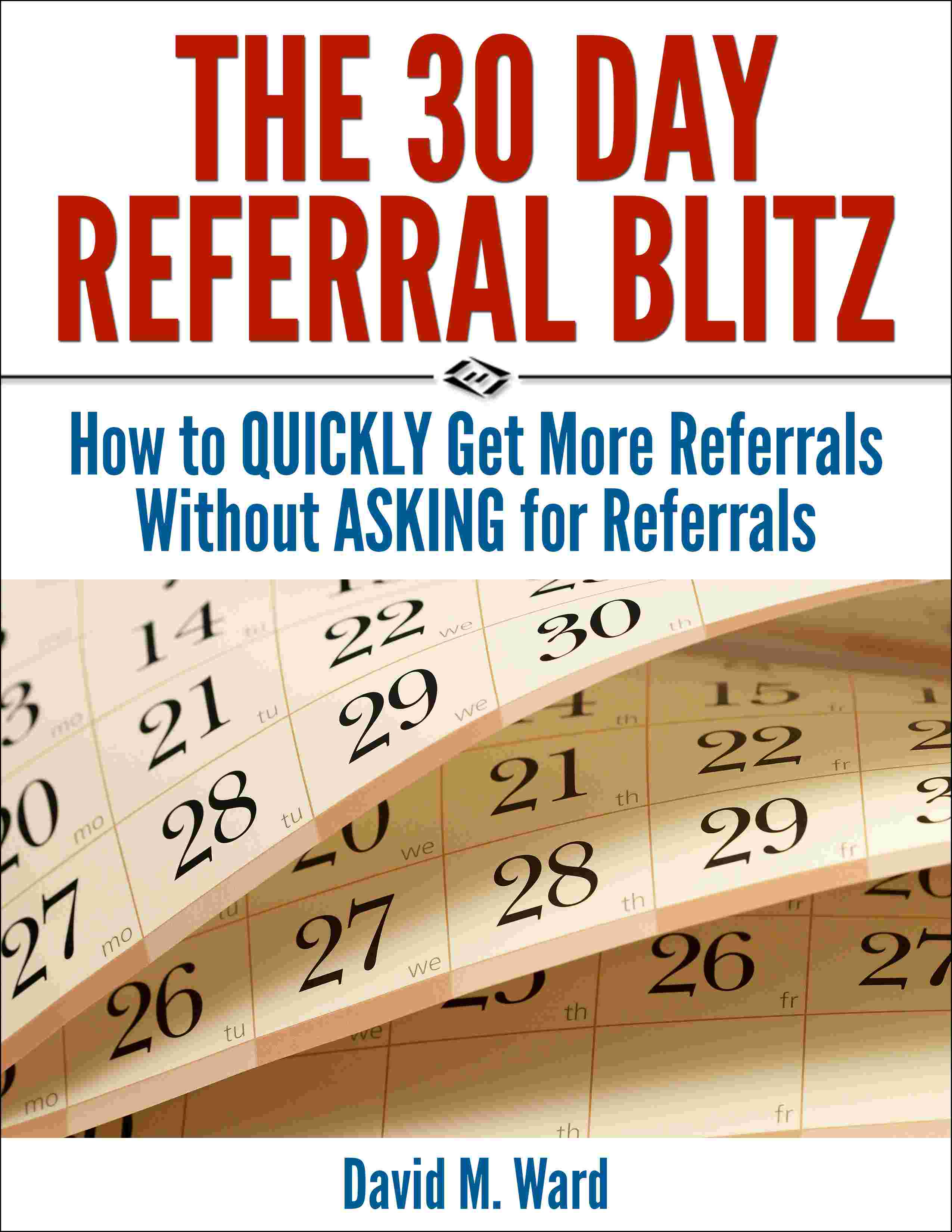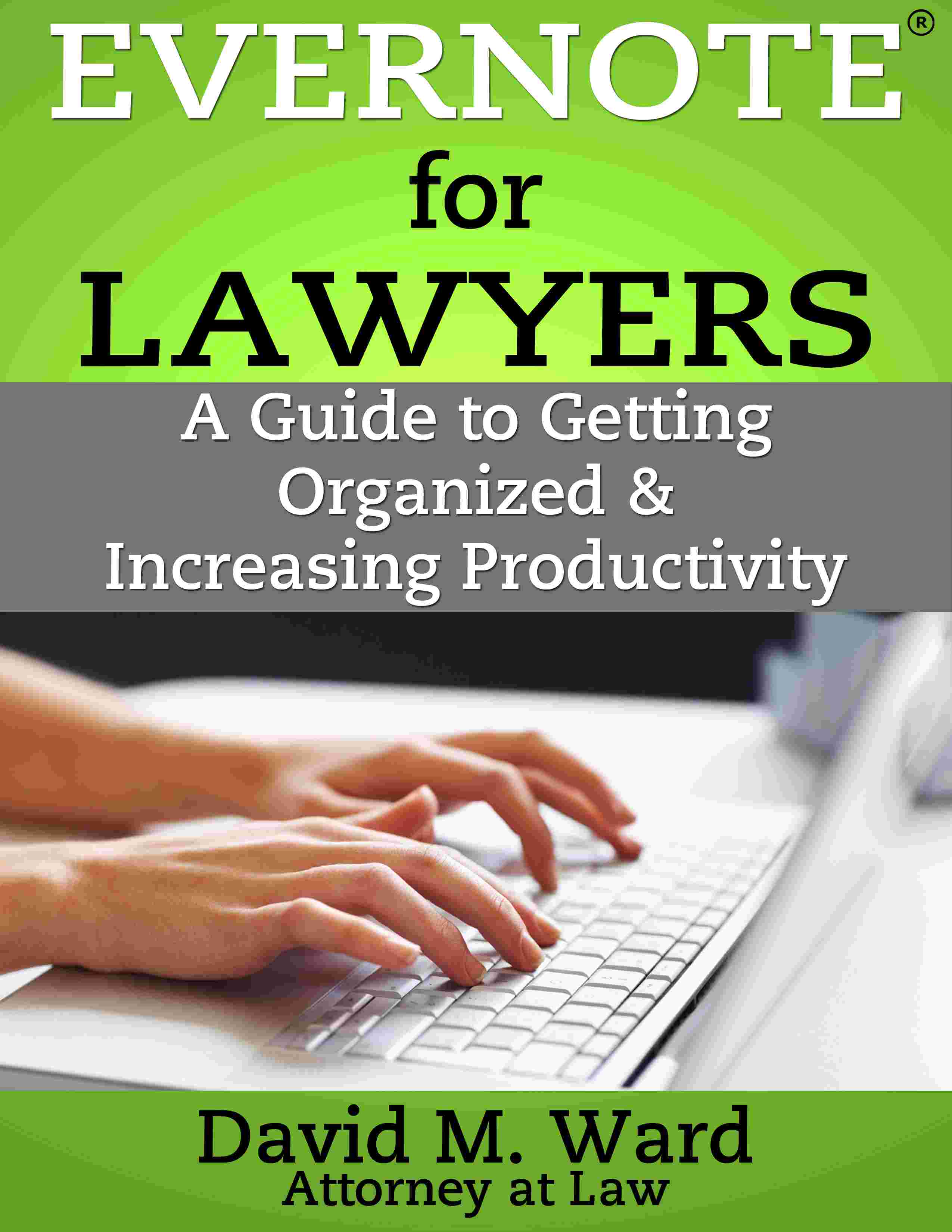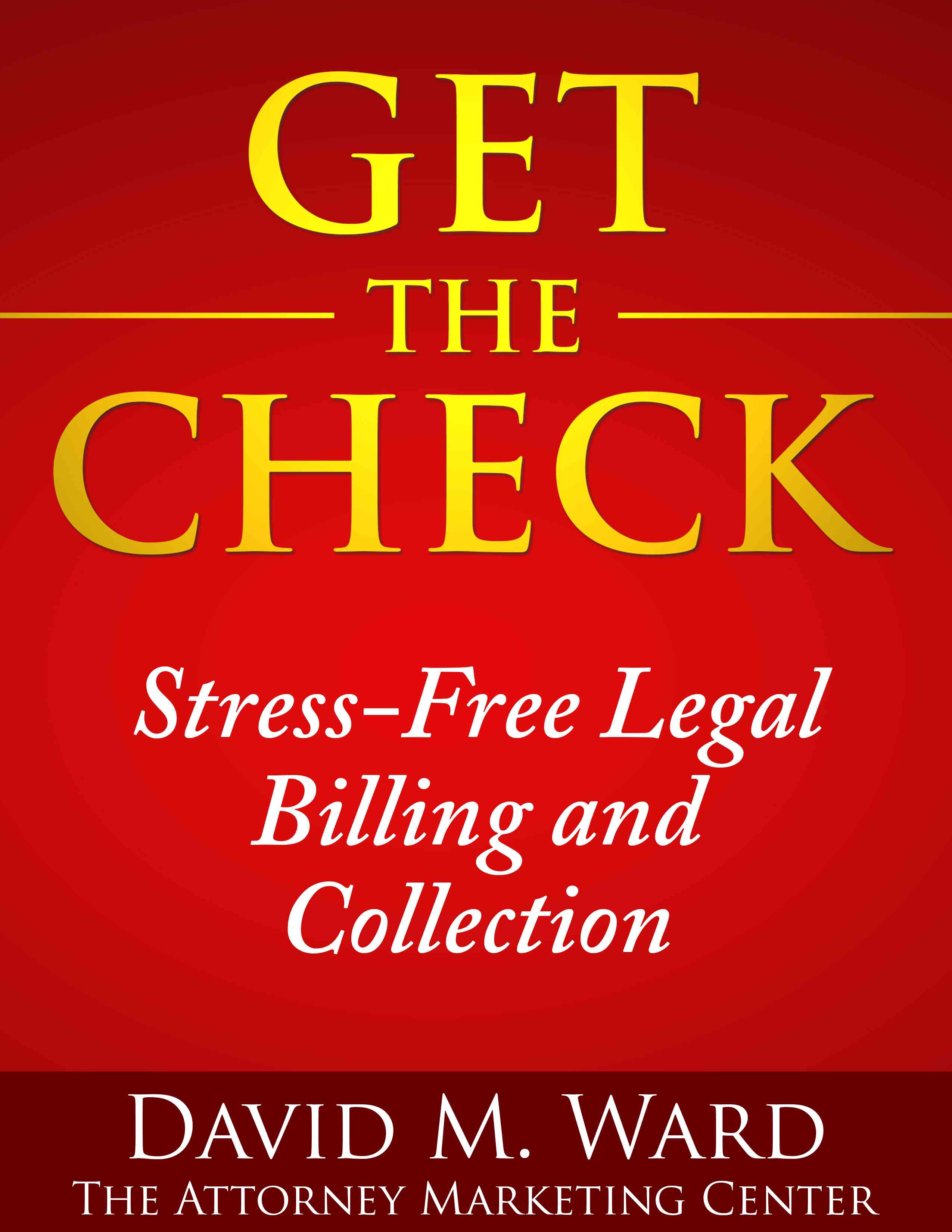If you have ever assembled a piece of furniture from Ikea, you know that some items are more complicated than others. Even with detailed instructions and proper tools, it’s easy to mess these up, or take much longer than you were led to believe.
The same is true of any task or project. The more complicated it is, the more moving parts or steps, the more likely it is that you’ll get it wrong.
Some tasks and projects are so complicated we put off doing them. Or we make the effort, get flummoxed and frustrated and swear we’ll “never do that again!”
Marketing legal services is like that. Do yourself a favor and make it simpler.
On the macro side of the equation, that means using fewer strategies, and for each strategy, fewer techniques.
Try lots of things, and then settle in with a few things that work best for you. That’s what I do, and that’s what I recommend.
On the micro side, you simplify your marketing by using fewer apps and targeting fewer markets. You use forms, checklists, and “scripts”. You memorialize your process, in writing, to make it easier to train new hires and temps and so that you can continually examine your process and improve it.
When marketing is simpler, it is easier and takes less time. You get better at it and get better results.
It’s the 80/20 principle. Figure out what works best for you and do more of it.
Simplify your marketing by doing more of fewer things.
Referral marketing is one strategy every lawyer should use. Find out how

